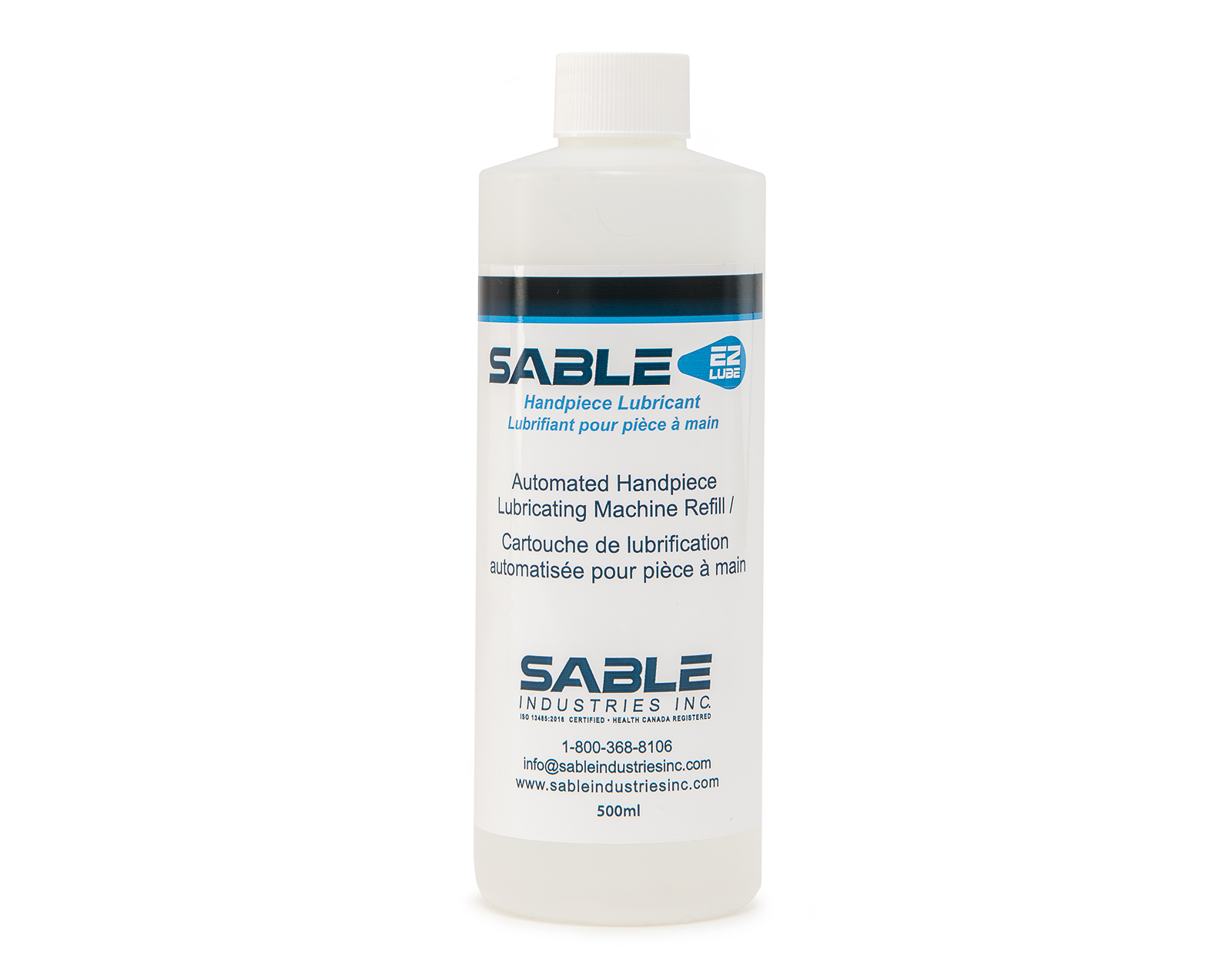Standards are crucial to maintain the quality of the dental office and the dental profession. They help gain and maintain trust of the patients.
Do you know if your office is up to code?
Here are 7 questions to consider, ensuring your hygiene department is up to the current standards.
1. Are you viewed as “just a cleaning”?
Patients that tend to postpone regular checkups lack the preventative care that dentists can provide. Without regular cleanings, patients return months later with cavities, gum disease and pain.
The expense of dental cleanings is an important one to make. Cleanings every 6 months may seem like a lot (especially without insurance) but they are necessary. It prevents more expensive and invasive treatments once a disease takes hold.
An example of this is the progression of gingivitis to periodontitis. Gingivitis is easily treatable if identified early on by a hygienist. However, if it is left untreated can lead to irreversible periodontitis.
Periodontitis can lead to:
- Tooth loss
- Decreased nutritional intake
- Serious disease within your body
During regular appointments dental hygienists identify any areas of potential disease, provide thorough cleanings and advise for at-home care and techniques.
2. Do all your practitioners understand oral health affects overall wellness?
Proper care to your body, like nutrition, is equally important for patients oral health.
This is because your body is full of bacteria, typically the bacteria is harmless. Your natural defenses and good oral health can keep these bacteria under control.
Without that care is when bacteria can get out of control. This can lead to oral infections such as tooth decay and gum disease.
Studies can show that there are connections to internal diseases and oral hygiene. Known internal diseases include:
- Endocarditis – This typically occurs when bacteria or other germs from other places in your body, such as the mouth develops. That bacteria then spreads through the bloodstream and into damaged areas of the heart.
- Cardiovascular disease – heart disease, clogged arteries and strokes could be linked to inflammations and infections caused by oral bacteria.
- Pregnancy and birth – Premature birth and low birth weight and periodontitis has been found to be correlated.
3. Are all oral evaluations with measurements comprehensively documented?
Whenever a dental practice is performed, it should be documented.
There are guidelines specifically designed to help practitioners meet the legal requirements for dental record keeping.
The following are basic record keeping information from the official RCDSO:
- Accurate general patient information
- A medical and dental history that is periodically updated
- Accurate description of the conditions that are present on initial examinations (this includes entries such as “within normal limits” where appropriate)
- Record of significant findings of all supporting diagnostic aids, tests and referrals like radiographs, study models, and reports
- Diagnosis and treatment plan
- Notation that informed consent was obtained from the patient
- Description of all treatment that is provided, materials and drugs used and, if appropriate, the outcome of treatment
- Accurate financial records
4. Do adult patients receive periodontal exams annually?
Comprehensive periodontal evaluations (CPE) are ways to assess patient’s periodontal health. It examines teeth, plaque, gums, bite, bone structure and any risk factors.
With yearly oral health assessments, both patients and dental professionals will know how healthy the patient’s mouth is. They will be able to notice any conditions like periodontal disease that have developed and in need of treatment.
5. Are there clear diagnostic distinctions between health, disease and maintenance oral health status?
If a patient has an active disease, is the hygiene department clear on case types of early, moderate and advanced conditions?
Everyone’s definition of something may be different.
As practitioners, we must make a point to make sure everyone on the team is on the same page. This will allow the documentation clearer to everyone and other members can easily pick up where it was left off.
6. Is there proper communication with the patients?
There are several important questions that will help initiate and maintain good communications with patients.
Is the hygiene team communicating with every patient the status of their supporting structures of bone and gums that hold their teeth in place?
- What patient education tools, technology and visuals are being used to make sure the patient understands their status?
- Do patients understand why they need the periodontal care and frequency regardless of how many sessions they have covered or what insurance pays?
- Does the practice perform root planning, scaling and home care guidelines for patients with active disease?
- Are patients with disease returning for their revaluation to assess their healing and success of gum therapy?
Proper communications are key for patients to understand what is happening to them.
Patients that receive good communications with their hygienist value the care provided. They can then place a degree of trust in the dentists for the success of treatment in the future.
7. Do your hygienists use intraoral cameras on all patients?
Intraoral cameras are one of the most important and useful tools to incorporate within the office.
They are tiny cameras that comfortable fit into the mouth and enables the dentist to show patients images of the mouth. This could be of individual teeth or the entire smile.
They allow patients to visualize what dentists recommend being done and show details that could easily be missed by standard examinations.
Additionally, they help uncover problems before they become serious or irreversible. Intraoral cameras can be crucial for conservation and preventative dental treatment.
Do you see any room for improvement in your dental office? Even little things, like making sure your front desk feels welcoming, can make patients feel more at ease.


